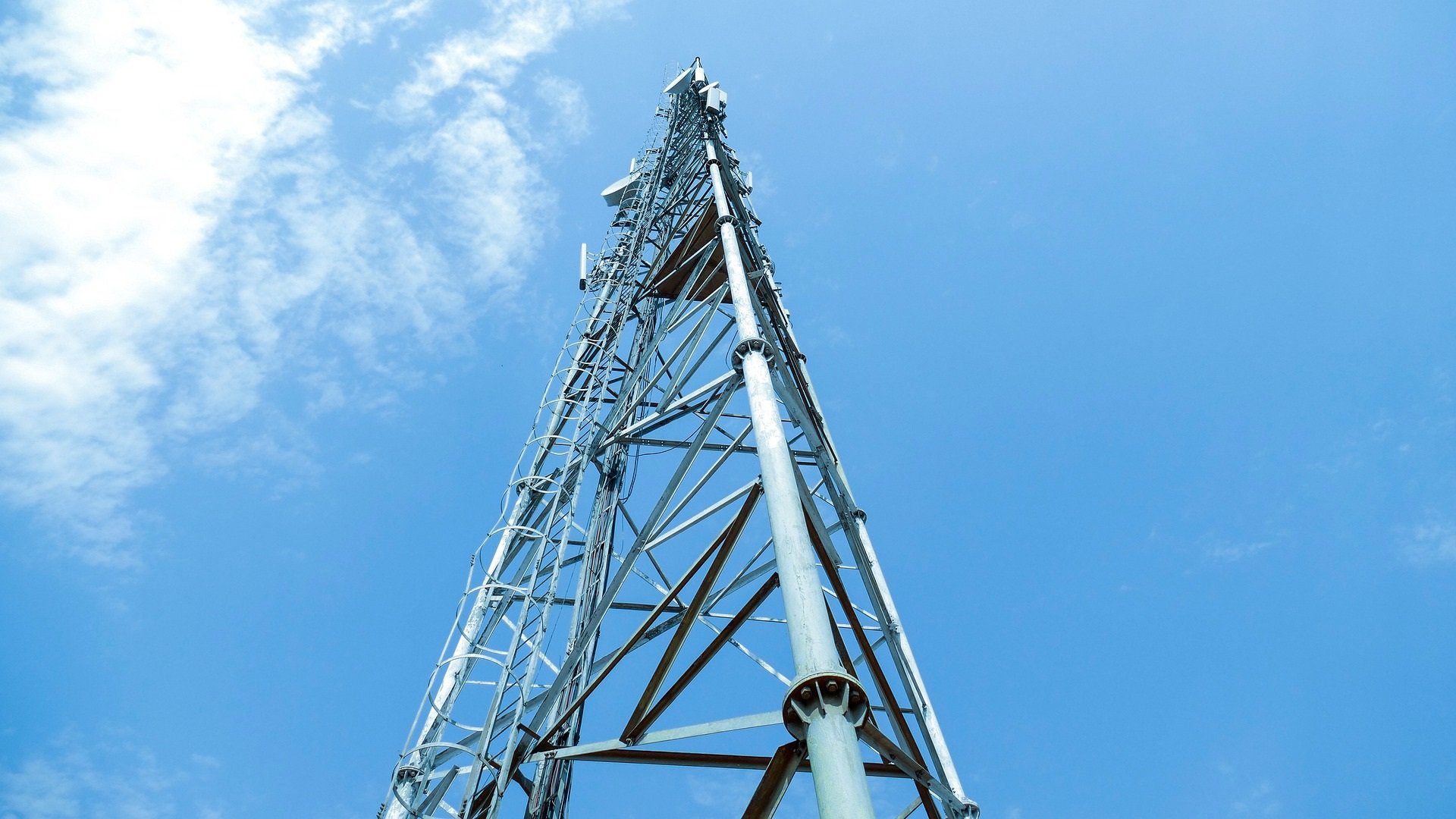One of the things we loved about the old house was the ability to drive into our garage and from there be able to walk straight into the house. It’s a little thing, but it feels like a luxury, particularly when it’s cold, dark, wet and windy outside.
So this was definitely something we wanted to replicate in the new place and an attached garage was in our list of bullet points for the design of the house right from the start.
We looked around at quite a few solutions. I didn’t want sectional doors again with their rails, rollers, chain and motor across the ceiling like in our last place (see photo). So I started to look around at more compact roller doors.
After several recommendations we eventually settled on the Hörmann RollMatic garage doors. These are a quality German system with the contemporary look we wanted and we ordered 2 size 2380mmx 2470mm units in RAL colour 7016 to match our windows.

Interfacing Hörmann RollMatic to Loxone
Some doors require this Hörmann Universal Adapter Board UAP 1 but the motors on ours were suitable to be interfaced directly to our system via Loxone relays.
They have a built-in safety circuit that reverses their motors when the bottom seal comes into physical contact with an obstacle. But we also added the optional non-contact photocell safety sensors to the doors which gives extra peace of mind while operating them remotely. In fact these may be a requirement for remote operation when you are not in sight of the doors (check your local laws).
The doors take around 20 seconds to open fully and on their way back down have a soft close program, slowing as they near the bottom so they seal to the concrete floor gently.
We’re using Loxone Door / Window Contact Air units (4 total) to confirm the open and closed positions of the 2 doors which gives us their status. If I was doing this again I think I might use hard wired door contacts instead, although this may work out to be more expensive (I’m not sure) as it would require 4 digital inputs.
As with all our Loxone kit, the beauty lies in the tight integration of every component which means the door contacts, motion sensors and other elements around the garage all form part of the security system too.
Now the doors can be operated from any of our Loxone interfaces and input devices. The Loxone Touch switch in the utility has been programmed to operate the doors so as we leave in the morning we can start them opening. Now we’re ready to drive out once we’re sitting in the car.

They can be operated from their own RF remotes, the Loxone mobile app on our phones and wall mounted iPad, as well as the NFC Keypads outside too.
But the most interesting aspect is of course the automations. For example – having the doors close automatically when wind and rain reach a certain level based on the Weather Station information. Any of the garage doors left open when the house goes into night mode are closed automatically too.
Adding HomeLink
HomeLink is a wireless garage door opening system that’s built into many cars. It can be retro-fitted to the Tesla which can then be set to automatically fire the command to open the door as you approach, using the car’s GPS location.
Our Hörmann system is not HomeLink compatible out of the box, however it turns out it’s relatively simple to adapt with this Liftmaster universal receiver which we may fit in the future.
Checkout the video below…
Next Time
We will be covering lots more on our Loxone install in the coming weeks so remember to check out our Instagram to follow the project, read the rest of the Automated Home 2.0 blog posts and find the links to all the products we’ve used in our self-build.















